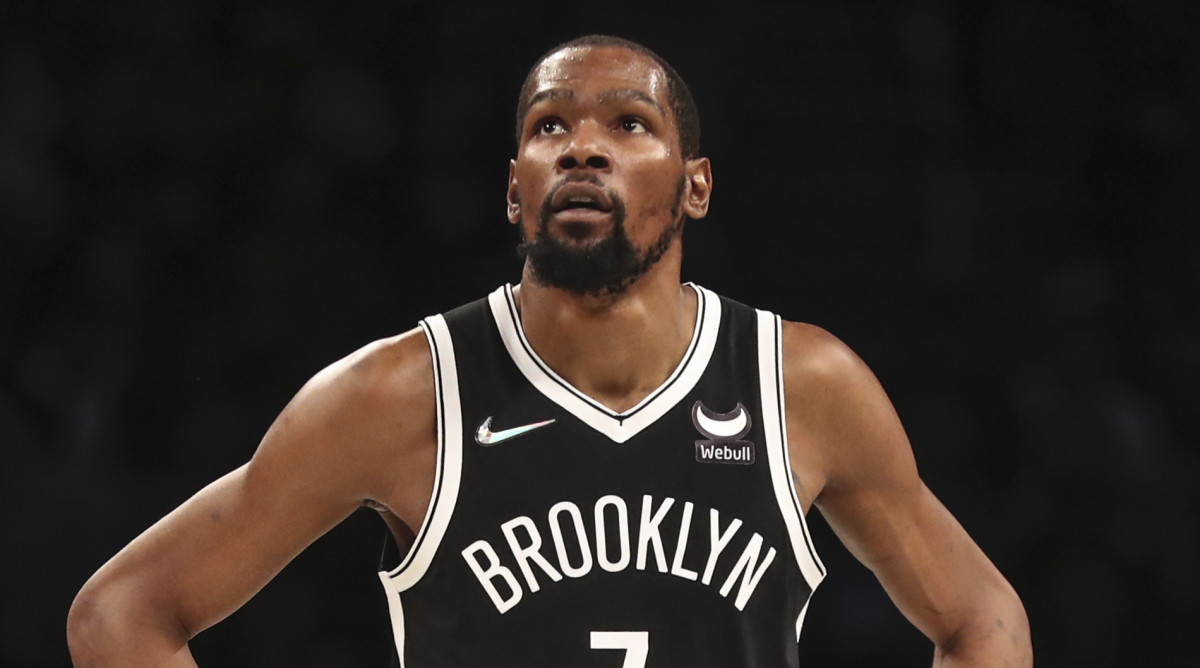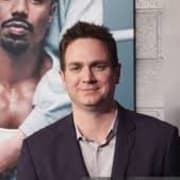The Growing NBA Trend That Is Shaking Up the League
LAS VEGAS — Damian Lillard was smiling. Why wouldn’t he be? The NBA offseason was less than two weeks old and already Lillard had emerged a big winner from it. Last week, from a dais inside the Thomas & Mack Center, Lillard, flanked by Portland GM Joe Cronin and coach Chauncey Billups, formally announced his two-year contract extension. The deal—which reportedly adds $122 million to Lillard’s contract, bringing its total remaining value to $258 million and guaranteeing the All-NBA guard more than $450 million in career earnings—keeps Lillard tied to the Blazers through the 2026–27 season.
Or does it?
Lillard is firm about his desire to win in Portland. “Something that’s missing in our league is character,” Lillard said at the press conference. “And the fight and the passion and pride about not just the name on the back, but the name on the front.” There’s no reason to doubt him. For years fans and media have speculated about Lillard’s future. He hasn’t. Lillard has remained loyal to the small-market Blazers, emphasizing only a desire to see a winning team built around him.

But if Lillard wanted a trade, he could get one. If he asked, the Blazers, assuming Lillard was still playing at a high level, would oblige, likely to a destination of his choosing.
It’s the reality of today’s NBA: Long-term contracts have become meaningless. (Teams, of course, also have the ability to move players at basically any time.)
Contracts—specifically the length and the kind that players want to sign—have been a hot-button issue in the NBA for years. In the early 2000s, the league and players union battled over the length of player contracts. The NBA wanted to cap them at four years, five if a player re-signed with his current team. The union wanted six and seven. They settled at five years, six with the current team. In ’11, the NBA whittled the length down to four and five.
In the decade since, the landscape has changed. Superstar players, prizing flexibility and the power (read: roster influence) that comes with it, signed shorter contracts. LeBron James did it when he signed with the Cavaliers in 2014. Then he did it again. In ’16, Kevin Durant signed a one-year deal with the Warriors. He went on to sign two more—like James, Durant got player options for a second year in each of his contracts—before leaving Golden State in ’19.
The bigger shift has been more recent: Players signing long-term contracts … and then informing their teams that they no longer want to play for them. In 2017, Kyrie Irving, fresh off a third straight Finals run in Cleveland and with two years remaining on his deal, said he wanted off the Cavaliers. In 2020, James Harden, with two seasons left on his contract, asked out of Houston. Eight games into the season, the Rockets traded him. Ben Simmons had four years left on his deal when he told the 76ers he wanted to relocate. Philadelphia moved him to Brooklyn before the trade deadline. Durant has not earned a nickel on the four-year, $198 million extension he signed last fall. Yet he has made it clear he wants a trade from Brooklyn—and the Nets are expected to oblige.

Players pushing their way out of unwelcome situations is a burgeoning trend—one expected to continue. In Washington, Bradley Beal inked a five-year, $251 million extension with the Wizards. “I want to win a championship and I want to do it here,” Beal said. Maybe. But if the Wizards don’t rise to a title-contending level soon—and Washington, which has not won a playoff series since 2017, is a long way off—Beal has the power to force his way out. Lillard’s dedication to Portland is genuine. But if the Blazers’ recent maneuvering doesn’t push them up the Western Conference standings—and Portland, like Washington, has more questions than answers—Lillard can approach management about a trade. And the Blazers would likely work with him on it.
At Summer League, team and league officials acknowledge the challenge. “It’s owners,” said a high-ranking team official. “They are soft. They can’t stand being uncomfortable.” Several cited Philadelphia’s handling of the Simmons situation as a model to be followed. The Sixers refused to trade Simmons, fined him and only moved him because the return (Harden) justified the deal. “But how many GMs can do that?” said another exec. “How many are as comfortable in that type of environment as Daryl [Morey] and have the ownership backing to do it?”
The NBA is engaged with union officials on a new collective bargaining agreement—both the league and the players can opt out of the current deal in December—but there is no obvious solution there. The league could push for stipulations on max deals. For example, a player signed to a max contract is ineligible to be traded in the first three years of it. But that may not have the support of team owners who want the flexibility to jettison a contract. Moreover, some team officials don’t see the issue as a problem worth addressing. Better to have the player and be able to recoup something for him via trade, officials say, than to lose him for nothing at all.
The Durant situation will be the next test. Brooklyn has engaged several teams on Durant. As Sports Illustrated reported, the asking price has been high. If it isn’t met, several rival team officials told SI they hope the Nets don’t just offload him. It would be a win for teams. And it could be a win for Brooklyn. In the NFL, Packers quarterback Aaron Rodgers requested a trade after the 2020 season. Green Bay refused. Rodgers reported. The Packers went 13–4 last season with Rodgers collecting a second straight MVP. Last March, Rodgers signed a contract extension that will keep him in Green Bay into his 40s. Different sport but the Nets, if they show resolve, can hope for the same result.
More NBA Coverage:
